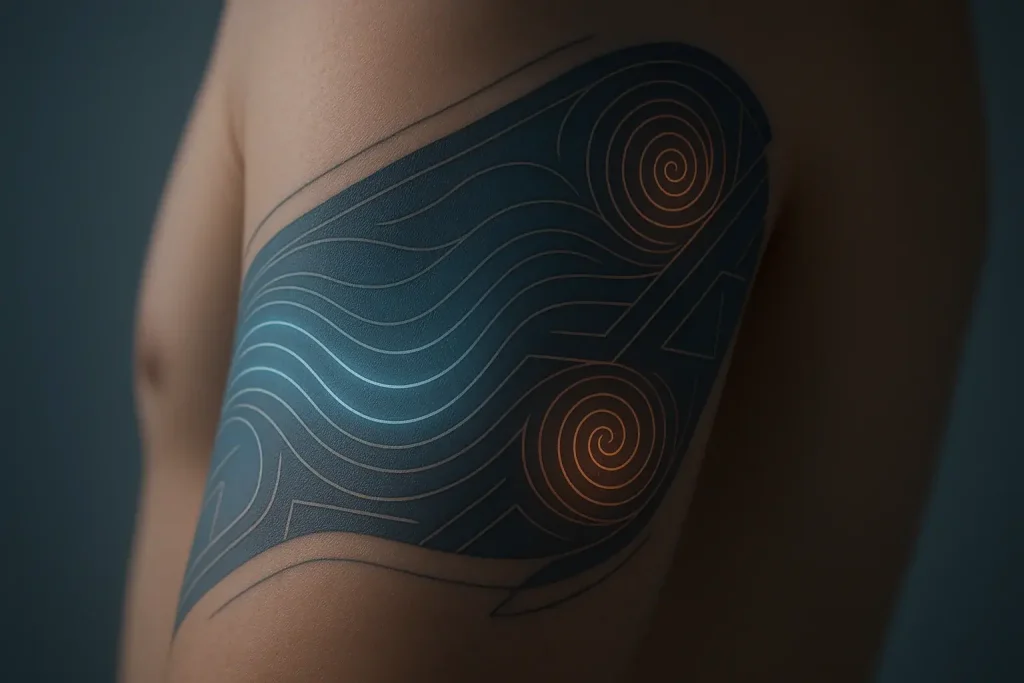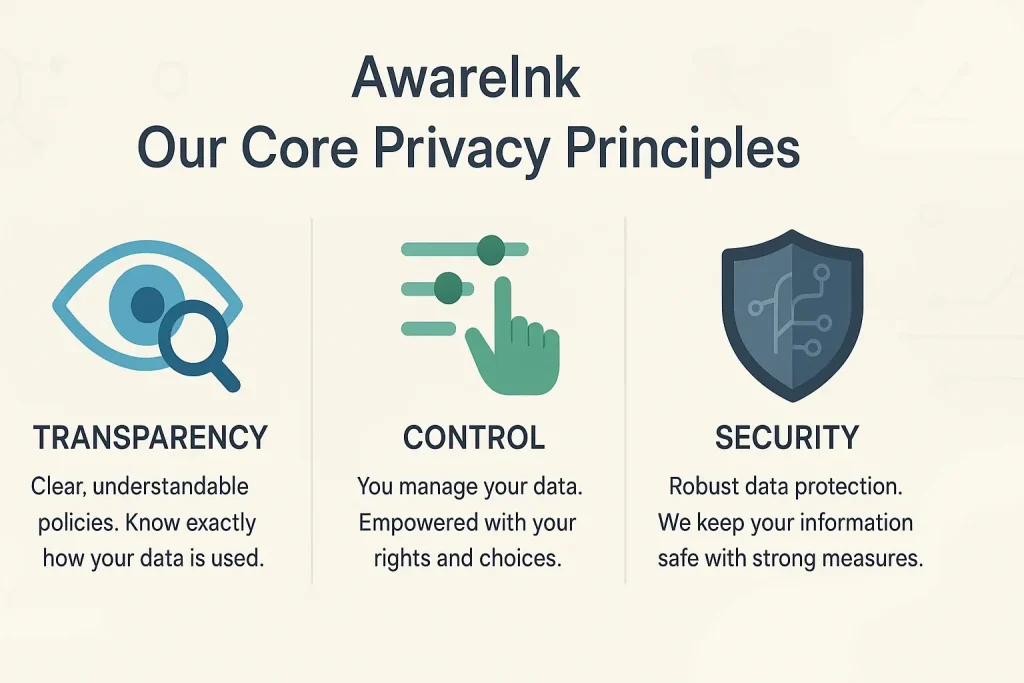DuoSkin: Beyond the Hype – A Closer Look at the Groundbreaking Concept
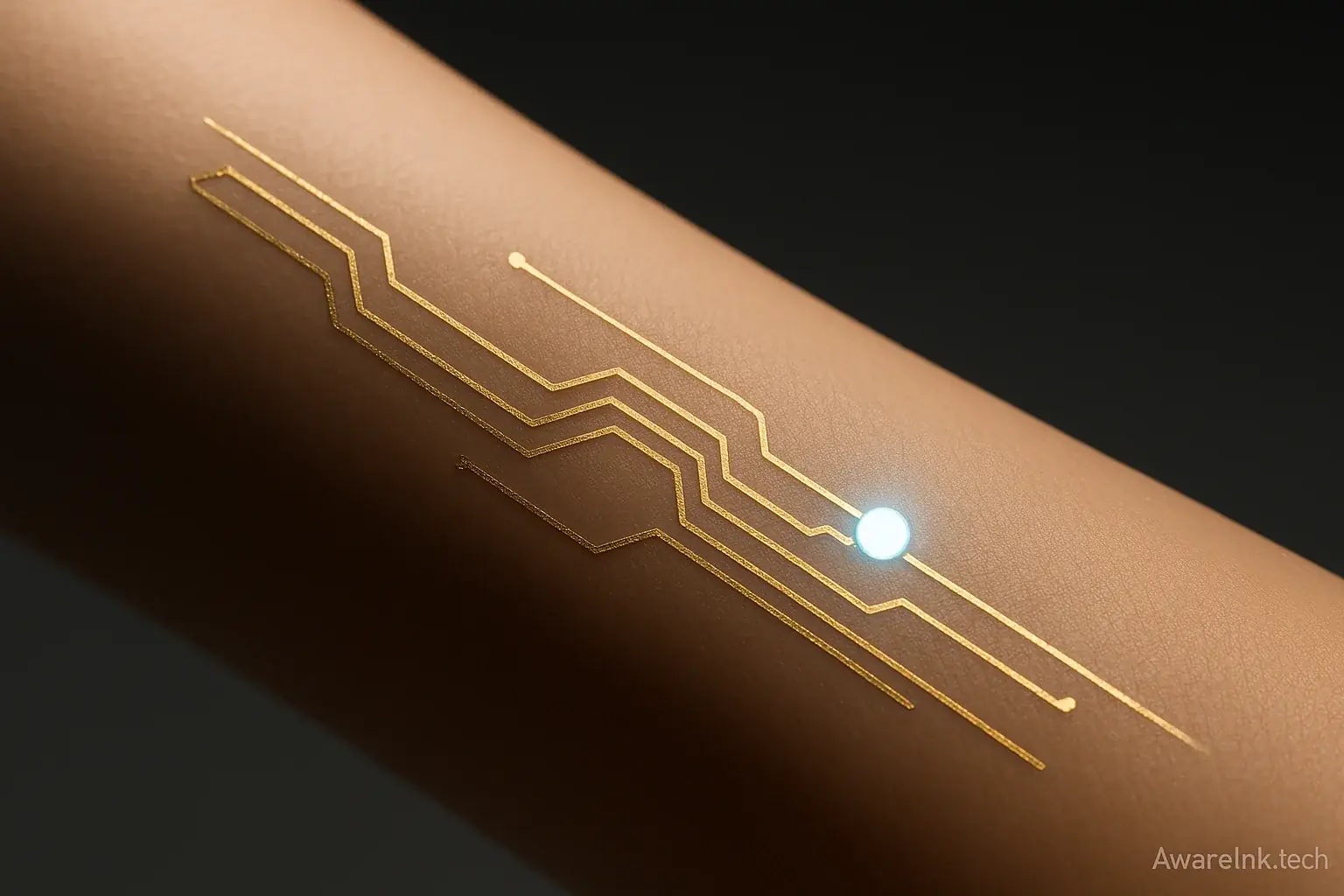
DuoSkin generated considerable buzz. It offered a tantalizing glimpse. This was a future where skin becomes an interface. The concept: temporary, metallic tattoos acting as circuits. It looked like jewelry. It functioned like a touchpad. This innovation captured global imagination for on-skin technology.
Let's separate fact from fiction. DuoSkin is fundamentally a research initiative. It is a brilliant prototype. It is not a commercial product available for purchase. MIT Media Lab, alongside Microsoft Research, pioneered this exploration. Their collaboration investigated the potential of aesthetically pleasing, on-skin interactive devices. Think wearable tech, but truly integrated.
AwareInk.tech now cuts through the noise. We will dissect DuoSkin's foundational technology. You will understand its demonstrated capabilities, from input to output, even communication. More importantly, we explore what this groundbreaking research truly signifies for the evolution of smart tattoos. The potential is there. The path needs clarity.
The Bare Bones: Deconstructing DuoSkin's Core Technology
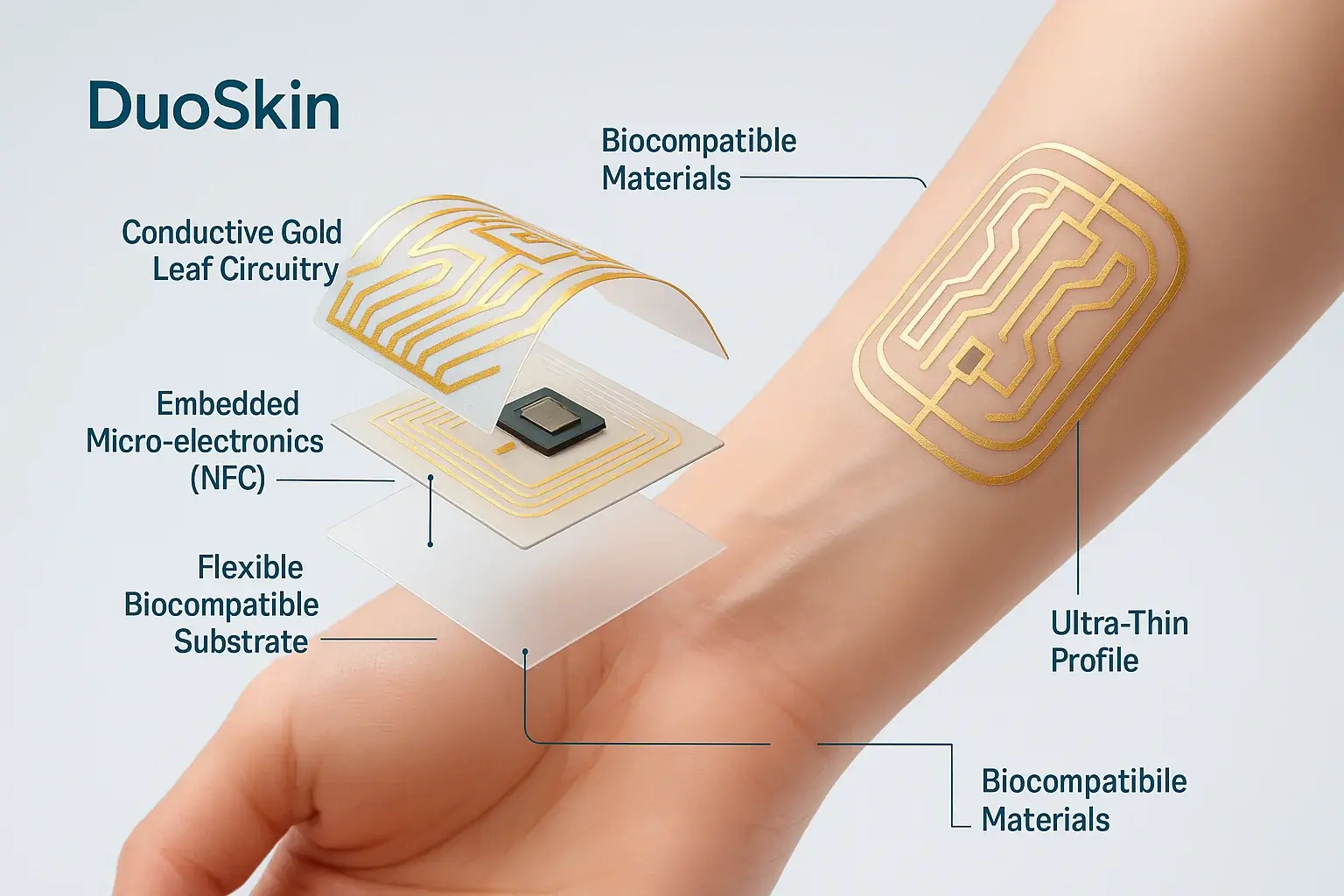
DuoSkin technology utilizes gold leaf. This metal provides high electrical conductivity. Gold also offers distinct aesthetic qualities. The material is biocompatible. Safe for skin. MIT and Microsoft research originated this specific application for on-skin electronics.
DuoSkin's fabrication employs standard temporary tattoo paper. Thin gold leaf layers create the conductive circuits. These circuits are applied directly. To the skin. The method is simple. Very accessible. This approach enables low-cost production of sophisticated on-skin interfaces.
DuoSkin senses user interaction. Through its conductive gold patterns. Integrated Near Field Communication (NFC) components transmit data wirelessly. These components allow direct communication with compatible external devices. The tattoo becomes a touch-sensitive surface. This enables control inputs for connected applications.
DuoSkin's extreme thinness relies on external power sources. The devices intentionally omit internal batteries. Power is supplied by an NFC-enabled smartphone. The phone's field energizes the tattoo. This design trades battery independence for minimal bulk.
More Than Just Pretty Ink: DuoSkin's Demonstrated Capabilities
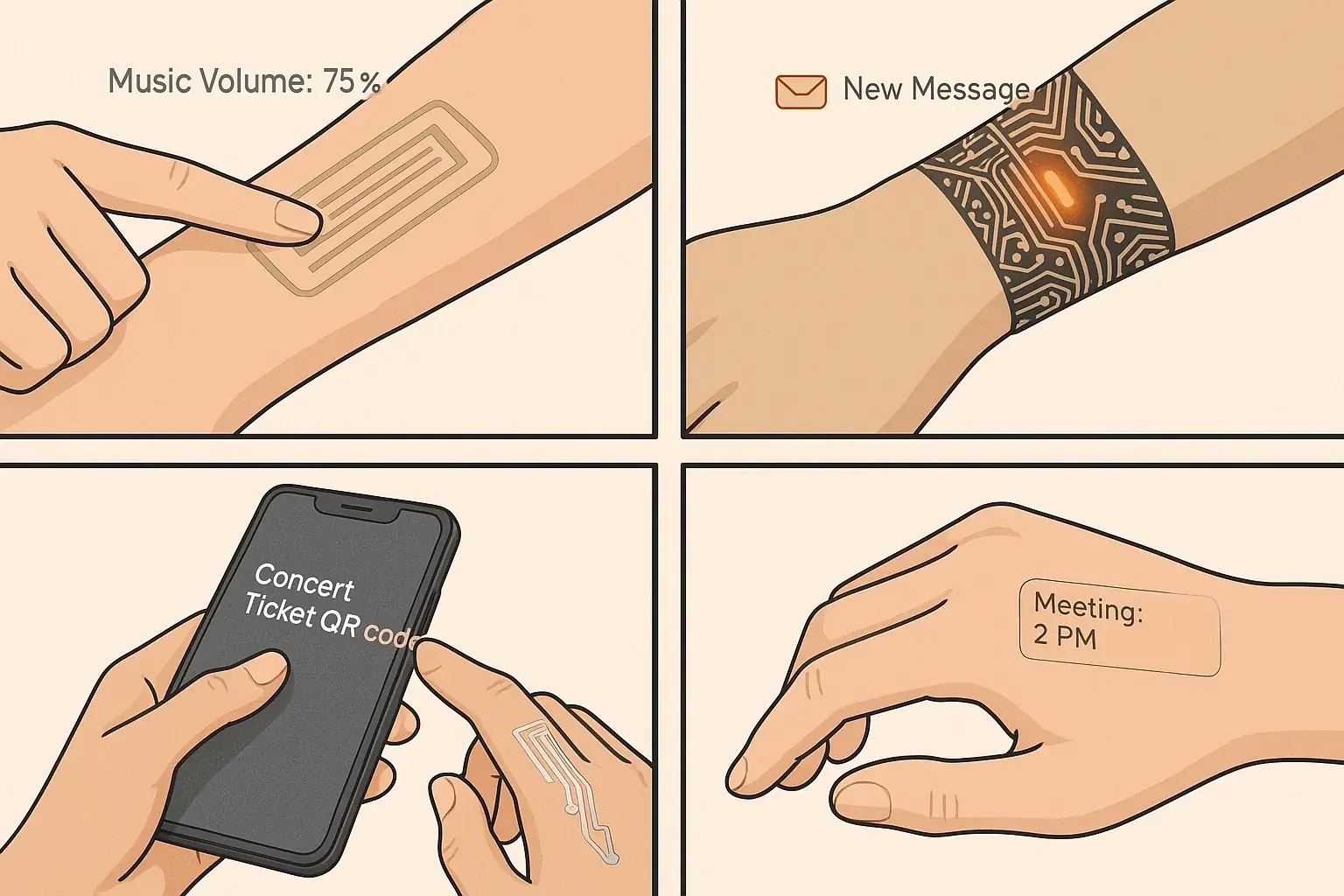
DuoSkin prototypes function as on-skin input mechanisms. Users control applications with a responsive touch. Imagine adjusting music volume by sliding a finger along your forearm. This technology transforms skin into a trackpad. Or a button. Observed interactions show intuitive use. People adapt quickly.
DuoSkin also provides visual feedback straight onto the skin. Its surface changes appearance, conveying information discreetly. Thermochromic elements within the tattoo react to temperature shifts. A user might see a pattern emerge indicating a new notification. This creates an immediate, personal display. Data seen. Not just felt.
These smart tattoos enable wireless communication with other electronics. Near Field Communication (NFC) allows straightforward data transfer. Users could tap their DuoSkin to a reader to share information. Picture your concert ticket appearing on your hand from your smartphone. The real breakthrough? Its form. DuoSkin's ultra-thin flexibility allows application on knuckles or the wrist's curve, areas where rigid wearables cannot go. This specific adaptability unlocks genuinely new interactive possibilities for users.
Beyond the Lab: Imagining DuoSkin's Real-World Potential
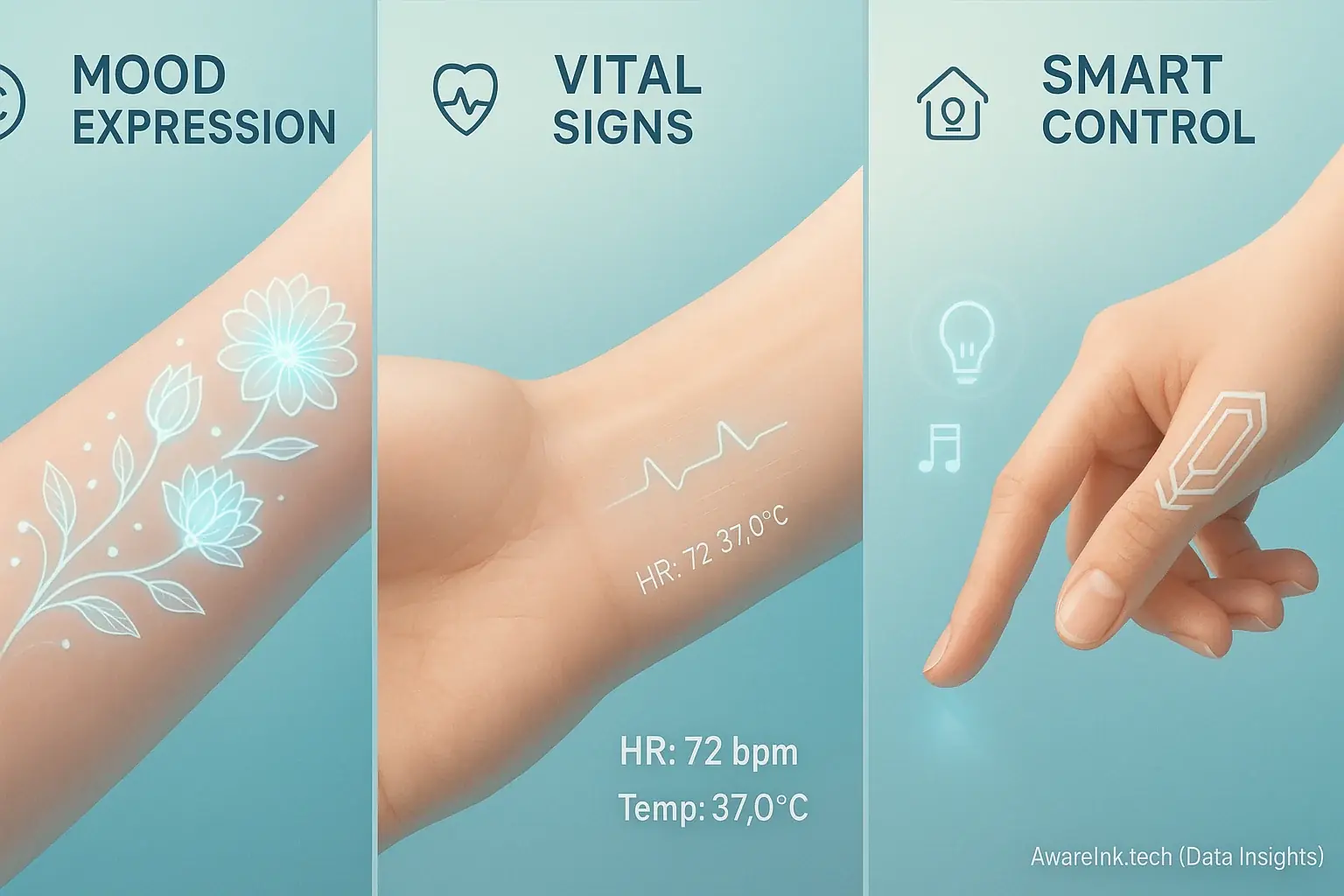
DuoSkin could redefine personal style. Imagine tattoos shifting subtly with your emotions. Delicate patterns might bloom during moments of joy. Vibrant colors could signal your confident energy to the world. This technology integrates aesthetics directly with inner feeling. Fashion becomes genuinely alive. What if your skin art told your story, moment by moment?
DuoSkin offers potential for discreet health awareness. Its integrated sensors could track subtle physiological shifts. Picture a nearly invisible monitor for your body temperature. Heart rate variations might appear as gentle, rhythmic pulses on the skin. This data provides personal insights. Without public broadcast. Could such intimate technology empower preventative self-care routines? AwareInk's investigation into user desires highlights strong preferences for health data privacy.
DuoSkin could transform interactive entertainment. Gaming inputs may soon move beyond traditional controllers. Imagine your smart tattoo responding directly to in-game events. A subtle warmth on your arm might signal proximity to a hidden virtual objective. Augmented reality overlays could interact responsively with these living skin displays. This creates deeper immersion. A new presence. How far will this blend of physical sensation and digital worlds extend?
DuoSkin's current iteration serves primarily as a research platform. Its most profound impact? Catalyzing innovation. AwareInk.tech views DuoSkin as a critical conceptual launchpad. This early technology pioneers core principles for future mood-adaptive smart tattoos. Envision commercial devices building upon these elegant, skin-integrated foundations. Future iterations might combine DuoSkin's interactive displays with far more advanced biosensors. Is DuoSkin itself the final destination, or the crucial first step toward something profoundly life-altering?
The Full Picture: DuoSkin's Strengths and Inherent Limitations
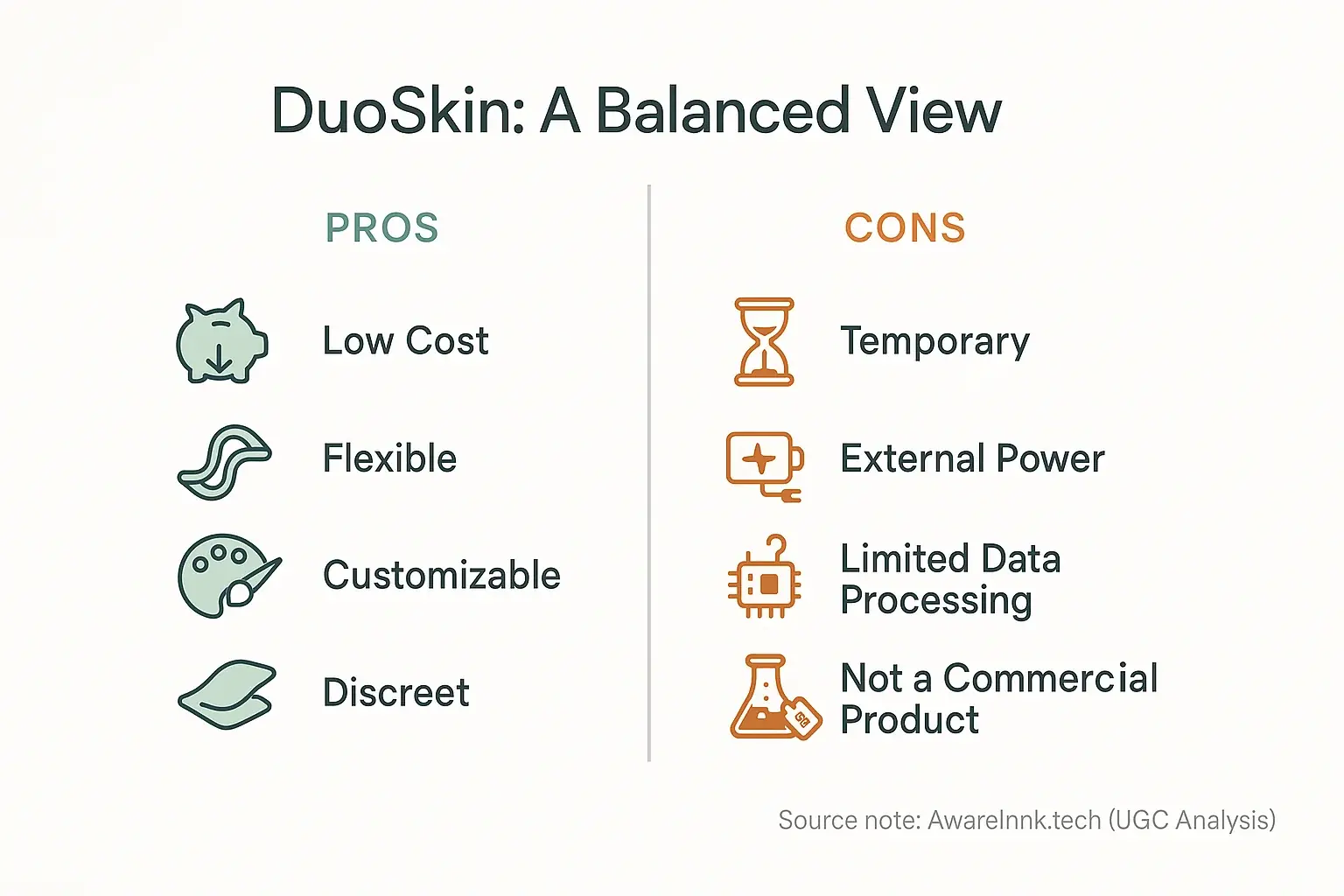
DuoSkin demonstrates distinct strengths in a research context. Its low fabrication cost is a key plus. Researchers create these temporary interfaces with relative ease. This material flexibility and high design customizability empower rapid exploration of on-skin interaction concepts. These are essential qualities for any emerging technology prototype.
However, DuoSkin faces clear practical limitations. It is a research prototype at its core, not a polished commercial product. Its temporary nature restricts any long-term, continuous application. More critically, current DuoSkin versions rely entirely on external power sources and off-board processing units. This essential tethering substantially curtails its utility for independent, real-world scenarios.
AwareInk.tech's analysis highlights a key truth here. DuoSkin's simplicity benefits initial research, allowing quick concept testing. Yet, this same simplicity prevents true mood-adaptive functionality. It lacks sophisticated biosensors for detailed physiological data; complex algorithms to interpret such data also remain undeveloped for this platform. Future products must bridge this wide technological gap.
So, where does DuoSkin stand? It is a clever proof-of-concept. It demonstrates clear potential for on-skin interfaces. However, it is not a consumer-ready mood-adaptive tattoo. Not yet. DuoSkin inspires future directions, providing a foundational glimpse, but the journey to a fully realized product remains long.
What's Next? DuoSkin's Legacy and the Future of Smart Tattoos
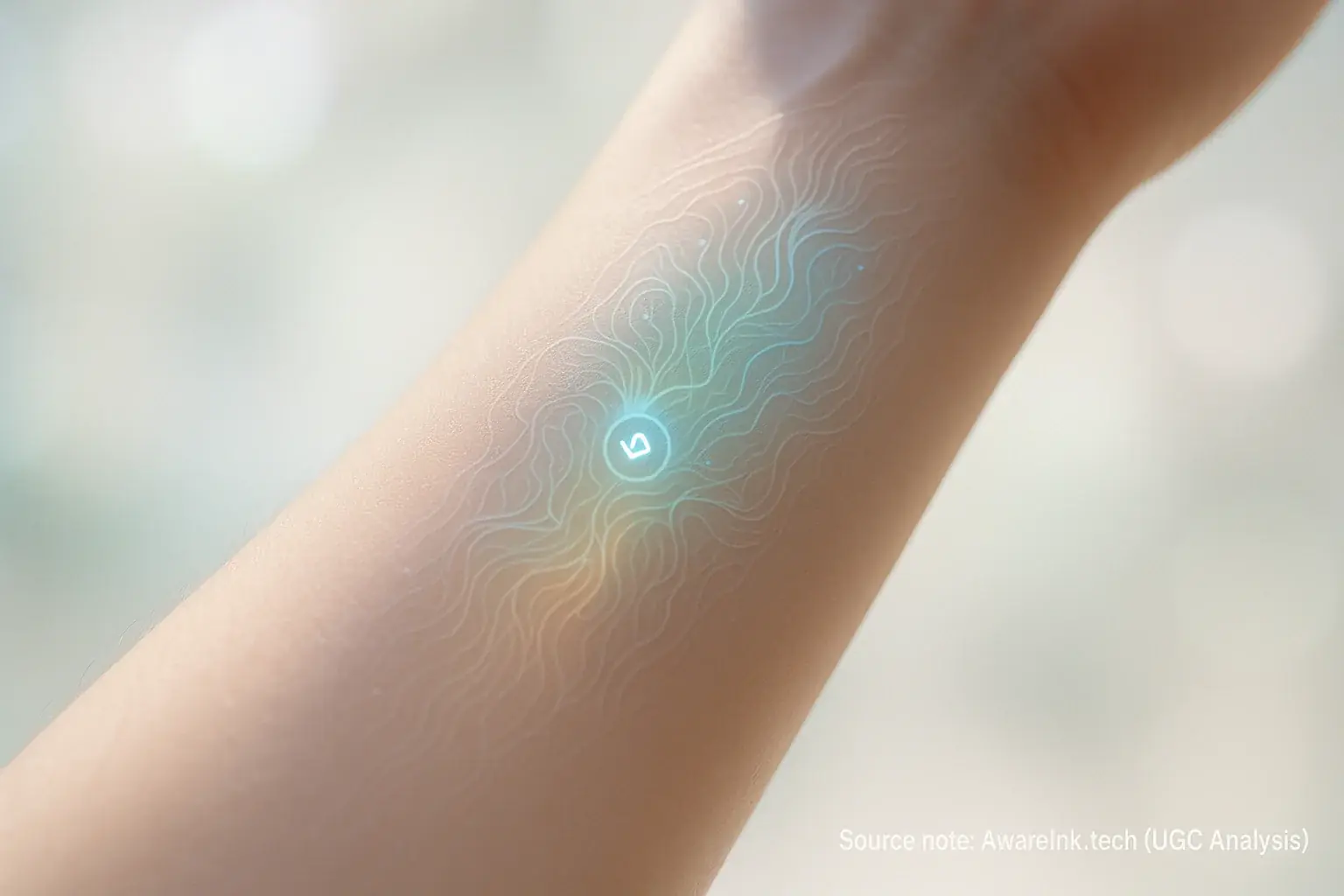
DuoSkin established a critical foundation. Its research influenced on-skin electronics development. Developers saw new possibilities for wearable technology. The project inspired thinking beyond current rigid devices. It catalyzed an entirely new design philosophy for personal tech.
Future mood-adaptive tattoos will likely borrow DuoSkin's material innovations. Think truly flexible, skin-like circuits. NFC interaction promises simple, intuitive device communication. Low-cost fabrication methods could democratize this personal technology. These elements point toward genuinely practical, integrated on-skin interfaces.
DuoSkin’s legacy deeply shapes the vision of integrated personal tech. It demonstrated technology becoming an extension of self. Seamless. Expressive. The critical test for DuoSkin-inspired products, however, lies beyond mere functionality. Will these advanced tools genuinely enhance human well-being, or just offer fleeting novelty? That is the core question.

